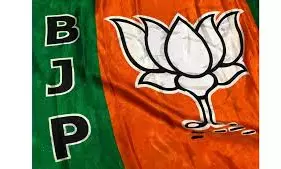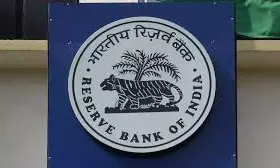How 20th Lancers flew tanks into battle
It is difficult to express my feelings when I landed with the first tank at Chushul on the morning of 25 October 1962, when a detachment of two tank troops (six tanks) of 20th Lancers opened new vista;
It is difficult to express my feelings when I landed with the first tank at Chushul on the morning of 25 October 1962, when a detachment of two tank troops (six tanks) of 20th Lancers opened new vistas of armoured warfare in the Battle of Chushul (Ladakh) in the India-China War.
The historic landing of the first AMX-13 tank in Chus-hul on 25 October 1962 by AN-12 aircraft, at a height of 14,230 ft, subsequently built up to six tanks in the most adverse conditions of sub-zero temperatures and rarefied atmosphere was made possible by the heroic performance of the men under my command.
The first problem was to avoid the tank slipping on the aluminium floor of the AN-12 aircraft. Our CO, Lt. Col. Gurbachan Singh — popularly known as “Butch” (who later in service rose to be an Army Commander) — overcame this problem by getting hold of carpenters in Chandigarh and got a platform made of the same height as the aircraft floor and flush with it, along with a suitable ramp. Also, a wooden decking was also done on it. It was now easy for the tank to go up the ramp to the platform, which would absorb the thud of its dead weight, and drive slowly into the aircraft.
Having made this platform by working 24 hours round the clock, we successfully demonstrated loading of the tank in the aircraft to the satisfaction of the Air Force by noon, 24 October.
The next problem was that of bringing down the tank load within the aircraft restrictions of an all-up weight of 10 tonnes. Speedy preparedness for action would be highly problematical if the tanks were inducted in part knocked-down condition. The Air Force reduced the all-up weight by cutting down on fuel in the aircraft. We unloaded its ammunition, kept fuel to the minimum, and removed all detachable access plates/ equipment and stowage items. A number of other technical problems were overcome by innovativeness.
We loaded the tanks on nights 24-25 and 25-26 October. By noon 26 October, six tanks had landed in Chushul — first time in our history that a tank had been flown into combat under the very nose of the enemy.
Our task was to deny the Spanggur gap approach to the enemy, to act as mobile reserve along road Tsaka La-Chushul and to provide close fire support. Our infantry was confronted by overwhelming Chinese strength in numbers and I will not dwell on all the operations. However, our tanks helped in covering the withdrawal of our troops from the forward positions to their second line of defence, after the fall of Gurung Hill. The Chinese advance towards the airfield from Gurung Hill was prevented entirely by the effectiveness of our tanks and artillery fire.
The author is a former major-general and a recipient of AVSM, Vir Chakra





